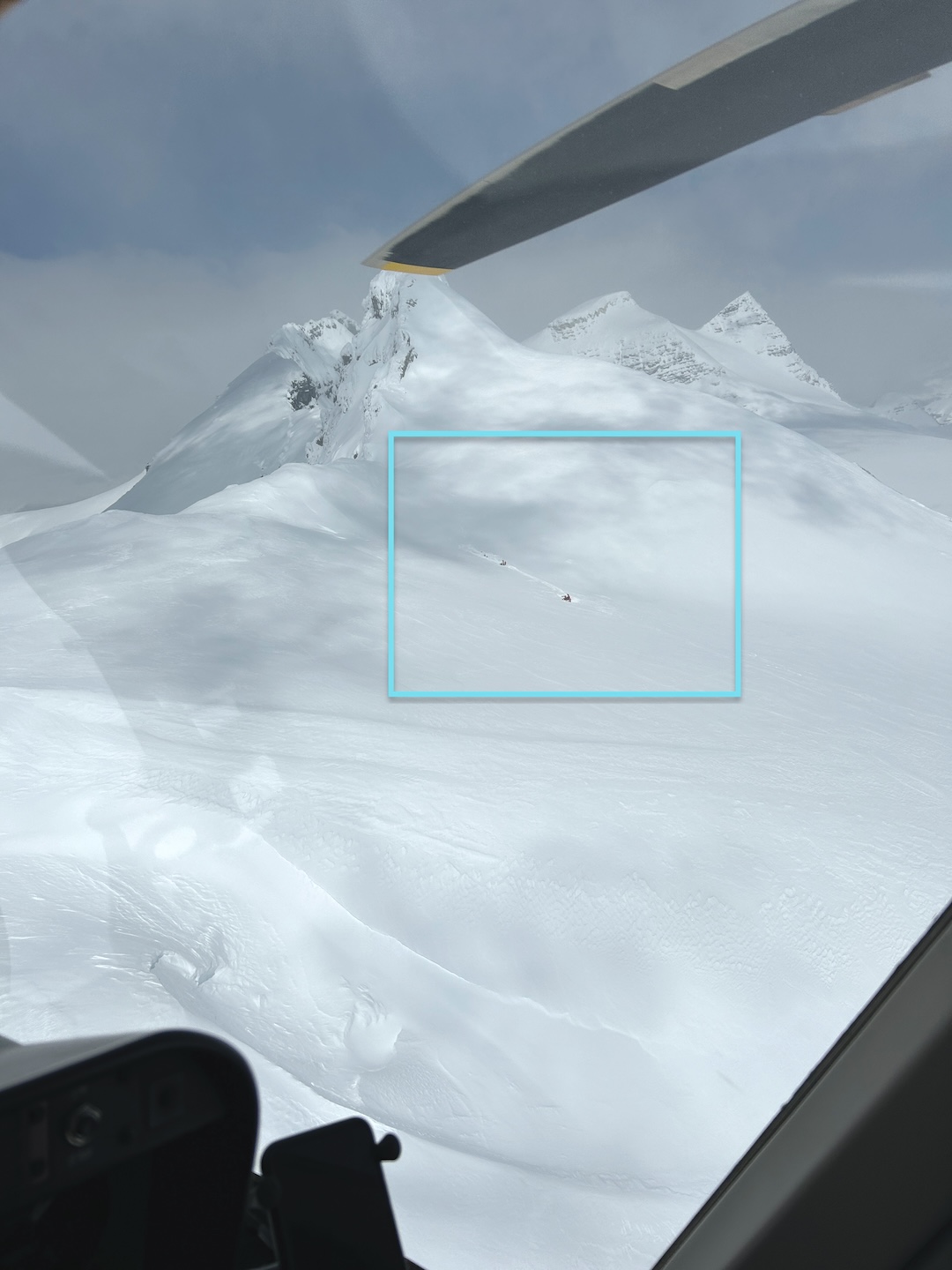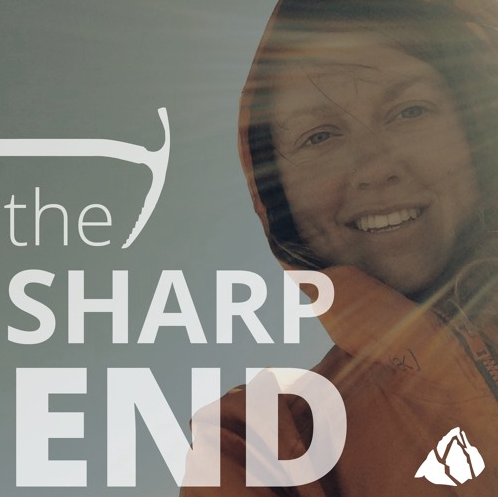Fatal Crevasse Fall – Unroped
Canada, Alberta, Banff National Park, Christian Peak

On April 18, an experienced ski touring group was ascending Christian Peak. Also known as Lyell 5 or L5, this is a subpeak of Mt. Lyell, a 3,498-meter peak at the edge of Banff National Park. The ascent was part of a well-traveled traverse of the Lyells.
The group was unroped and traveling in familiar glaciated terrain with good visibility. The depth of the snowpack in the region was reported to be in the range of 150 centimeters to more 300 centimeters, the skies were clear, and the temperature was roughly -20°C with light southwest winds. There were no visible signs of crevasses in the immediate vicinity, and the group was skiing on a track established the day before. There were also extensive ski tracks throughout the area.
The group stopped to reorganize at around 3,200 meters elevation when one of the party members, Rob Coppolillo (54), moved off the track a few meters. He then broke through a thin snow bridge, falling approximately 50 feet into a crevasse.
One of the other group members took charge and immediately initiated a response by contacting a nearby ski touring lodge. The lodge initiated their emergency response plan, and a helicopter with two guides flew to the lodge and picked up two other responders, along with a rope rescue kit, an AED, and medical supplies. They requested a landing area be probed so the helicopter could drop off the rescue group and equipment.
Meanwhile, the members on scene built a T-slot anchor at the top of the crevasse and used a Petzl RAD LINE to rappel to Coppolillo. They found him in a tight constriction, mostly buried by snow. Coppolillo had been traveling uphill and was lightly dressed. Reaching him was difficult because of the amount of digging and squeezing required, and it took roughly an hour after the fall to get to him. The group member who accessed Coppolillo reported no pulse and no breathing, although his airway appeared to be unobstructed.
The four rescuers in the helicopter arrived 45 minutes after the fall. They found a complicated scene. The snowpack was thin (roughly 80 centimeters), and several additional thinly bridged crevasses were identified by probing.
The overall security of the area was in question, as there was almost no visible evidence of Coppolillo’s crevasse. The rescue team built several rope systems to safely move around. A rope rescue system was constructed to extract Coppolillo. The group also built a safe landing zone for the evacuation helicopter.
Three rescuers used a 6:1 rope system to raise Coppolillo to the surface after a fourth rescuer descended into the crevasse and attached the line. The fallen skier reached the surface 90 minutes after the fall occurred. CPR began immediately, an AED was applied, and sleeping bags were placed on Coppolillo to reduce heat loss. He was moved to the landing area and Parks Canada Visitor Safety Specialists arrived to transfer him to the rescue helicopter and then on to an air ambulance in Lake Louise at 1:15 p.m. Coppolillo was pronounced deceased at the hospital in Calgary.
ANALYSIS
This experienced group made many appropriate risk management decisions. With the benefit of hindsight, there are several learning points. Roped travel on glaciers, even when there is no evidence of crevasses, should be the default versus the exception. Crevasse hazard can be present even when there are no apparent signs of crevasses despite good visibility. Even when regular probing indicates deep snow, coverage can be highly variable and may be much thinner in some areas. Even the smallest obscure crevasse can be a serious hazard.
Ultralightweight and compact rope systems such as the Petzl RAD LINE can be great tools, but they can be difficult to work with when ropes ice up or loads are high. Pulling on a very thin rope can be difficult. Parties should factor this in when choosing a glacier travel system.
Sometimes when there is an unroped fall into a crevasse, the most difficult part of the rescue is trying to access the clip-in point on the subject’s harness. One method to mitigate this issue is to extend the clip-in point to the backpack shoulder by using a sling. This creates a clip-in point in an alternative location.
In a cold environment like during ski season, hypothermia has a rapid onset, and hypothermia can make people more susceptible to a cardiac arrest. One way to reduce the risk of hypothermic cardiac arrest is to handle subjects very gently during resuscitation and evacuation. (Source: Parks Canada.)

